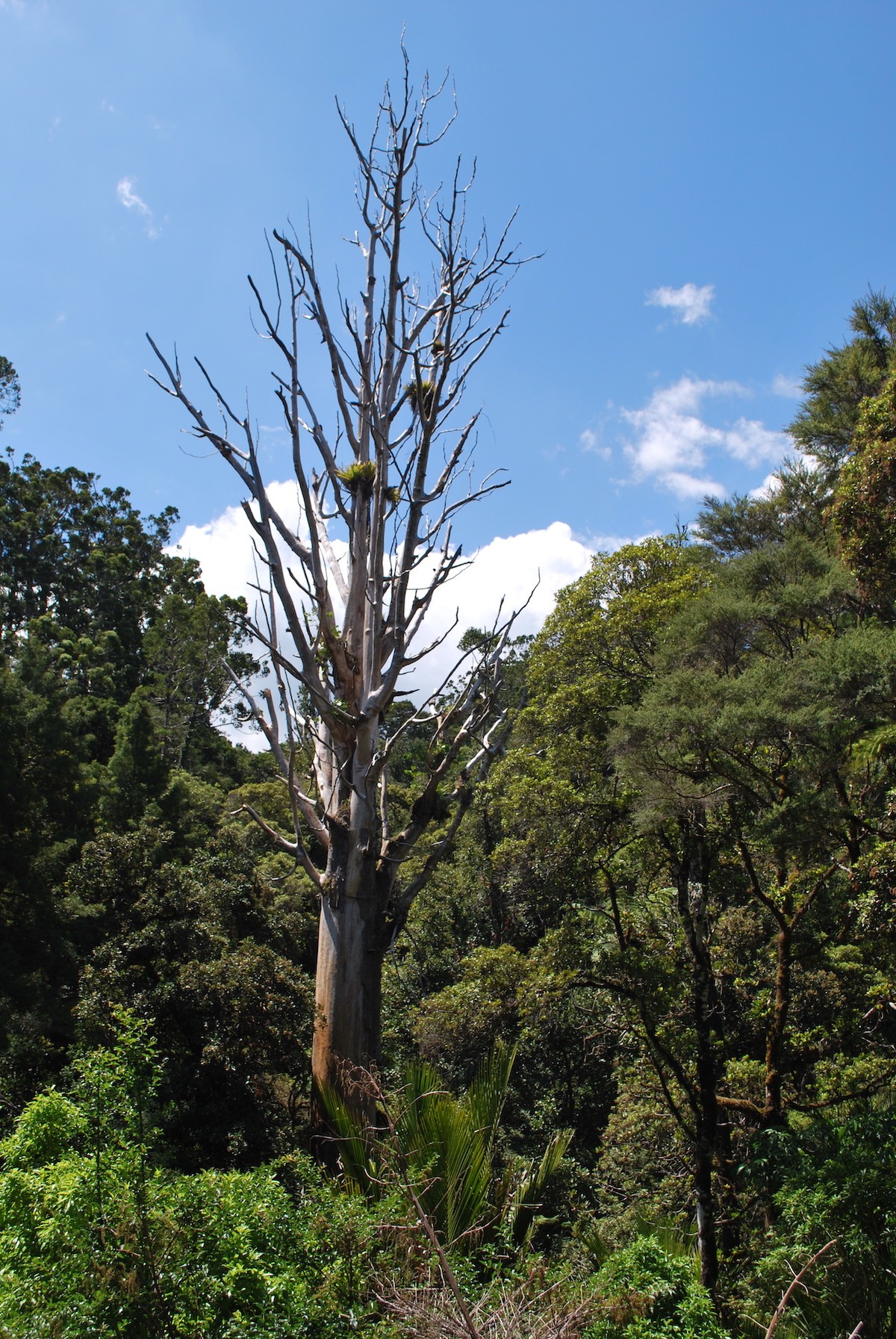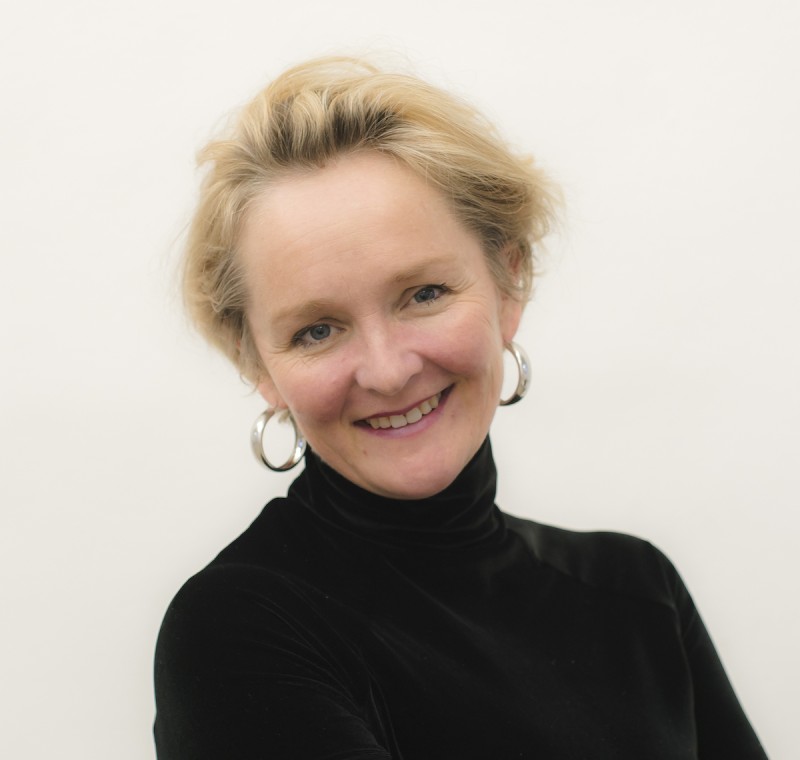Commoning and contact zones in the Kauri Forest
In March 2019 a five day wānanga [learning environment] was held in the Waipoua Forest, Northland, New Zealand bringing together cultural and scientific knowledge of Kauri forests, specifically addressing the spread and threat of the Kauri dieback disease Phytophthora agathidicida, on customary Māori land held by Te Roroa iwi (tribe).
The Kauri tree is understood as central to all ecosystems in Aotearoa New Zealand and this paper focuses on the wānanga as a practice of commoning. Curated by non-governmental organisation The Kauri Project, many actors were brought together in an assembly of care for the forest, ‘commoning’, as sociologist Andrea Nightingale describes through the negotiation of relationships with human and non-human actors.
The paper further considers the Kauri wānanga through the lens of contact zones; bringing together multiple knowledges: the protocol of Te Roroa and the forest; visual and sonic art, mātauranga Māori [indigenous healing], biological and chemical science, government frameworks as well as the experiences of neighbouring iwi/tribes.
For ecofeminist philosopher Donna Harraway, the contact zone is an opportunity for complex engagement, for witnessing situated knowledges that put into relationship many ways of coming into ‘materialist connection in the world’ so that one knowledge system does not invade the other or turn it into oppositional categories.
This paper reveals how the curated Kauri wānanga through the practice of commoning, included the forest itself as a powerful actor in the event.

